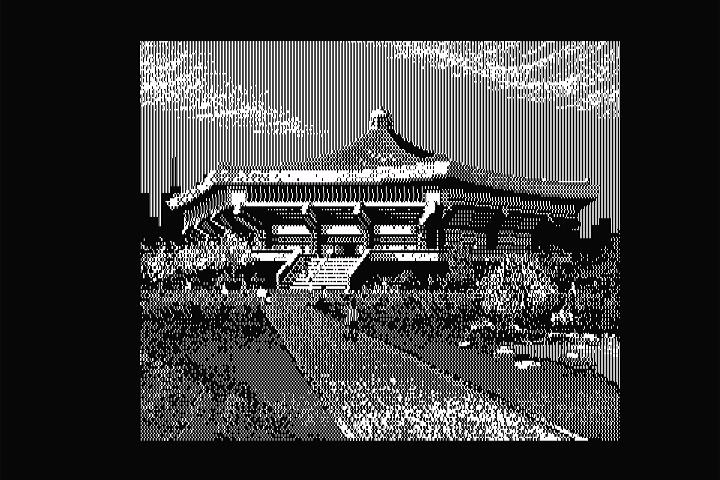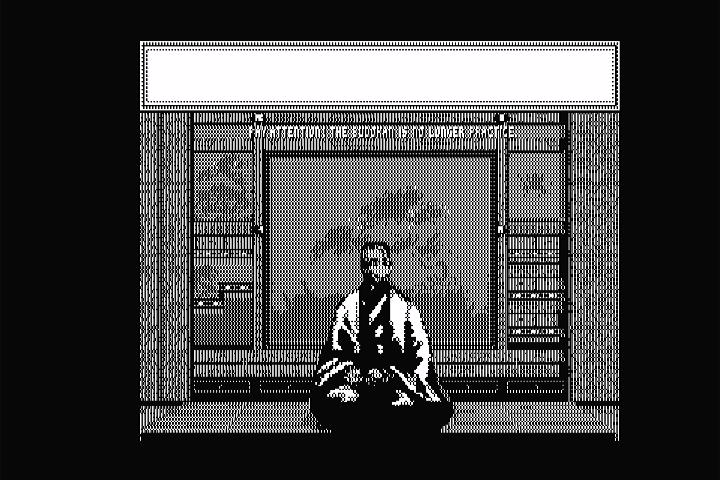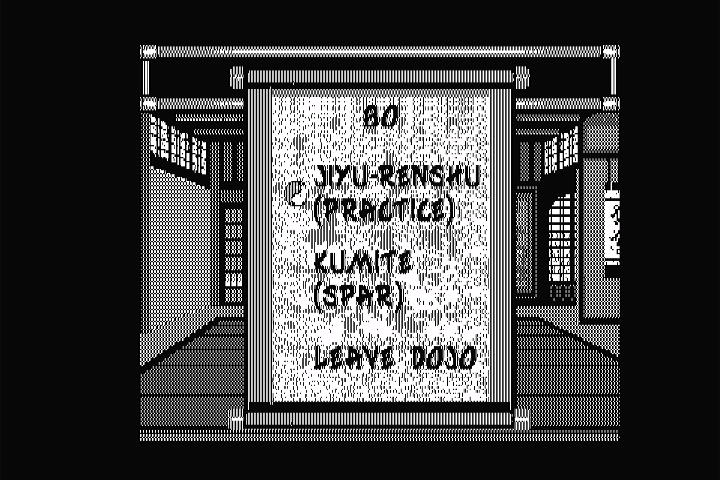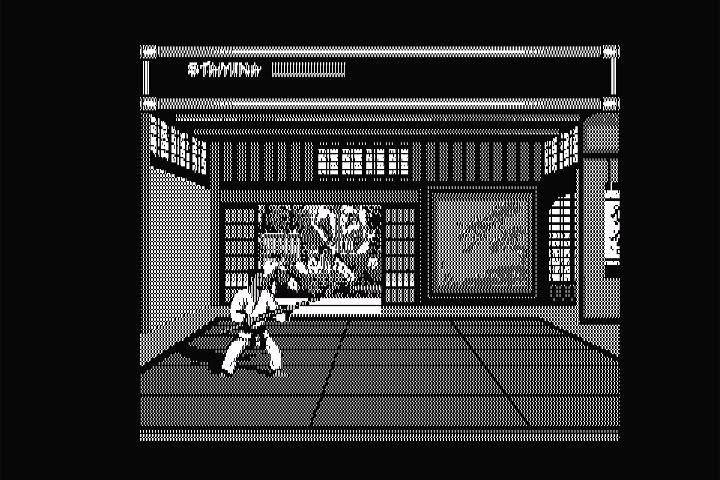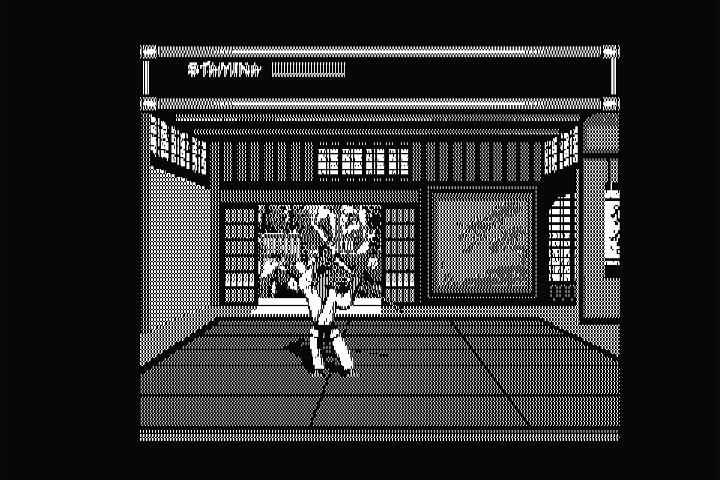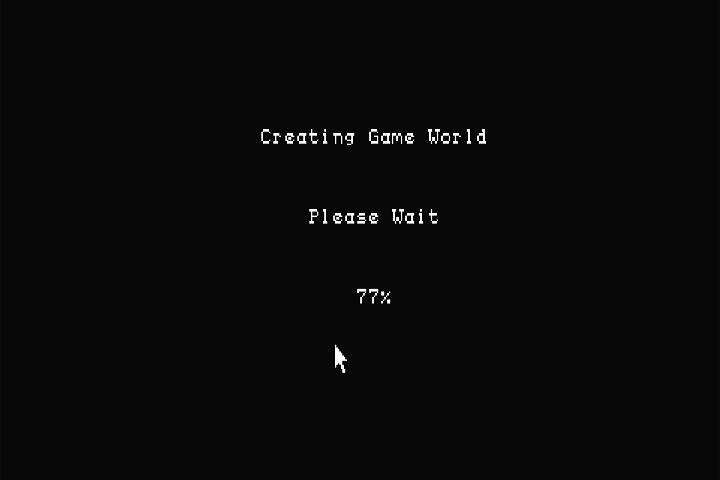RGBtoHDMI Review - Part 2
29th February 2024
Introduction
In Part 1 we set up the RGBtoHDMI video converter/scaler and ran some tests on an EGA card. The results were excellent. Here's a few pics of my fully built RGBtoHDMI in its 3D-printed case - looks good!
.jpg) |
Now onto Part 2, and I'm going to start with a very flexible card in my collection that you might have seen used in older articles:
.jpg)
.jpg)
Unitron U3969A-V3 with Cirrus Logic CL-GD520A
What makes this VGA graphics card special [though not unique] is its near-100% hardware compatibility with MDA, CGA and EGA graphics cards. There's no emulation happening here, and the card has both a 15-pin DSUB for its SVGA output and a 9-pin DSUB for MDA/CGA/EGA digital video output.
The card is understandably slow given that it's an 8-bit card with 256 KB of video memory, and the CL chipset is known to put compatibility ahead of performance, so it's no speed demon. But it's actually almost the perfect choice for any DOS PC up to around 1992 because of its flexibility.
The Cirrus Logic-based card with its Eagle II BIOS allows for dynamic switching between graphics modes, though a set of DIP switches can be set to force the card into a given mode every time you boot, as well as define what monitor is attached.
I started by configuring the card's DIP switches for its 'Automatic' display mode attached to a 'Colour Monitor'. Other monitor options are analog multi-frequency, monochrome, enhanced colour, and TTL multi-frequency.
CGA Mode
Running EAGLE.COM in CGA mode ran well outputting via the RGBtoHDMI.
The RGBtoHDMI detected the input video correctly, though using either of the CGA profiles (CGA "Old" and CGA "New") produced results that weren't quite right out of the box:
(Left) The CGA "Old" profile, and (Right) The CGA "New" Profile
I must say, the built-in help screens are a great idea (who wants to go hunting for the manual which probably got separated from the RGBtoHDMI over time?), and I soon had the RGBtoHDMI calibrated correctly. Calibration is a simple process of pressing and holding SW3 down, and then allowing it to do its thing:
Running the calibration routine adjusted the sampling phase from the profile's setting of 2 (90 degrees) to 0 (0 degrees), resulting in a nice stable picture. You can also manually adjust the sampling configuration from the Sampling menu.
The following video was my run-through of the CGA Compatibility Tester. You'll notice a number of the tests had temporary flickering before settling down - during this time the RGBtoHDMI's Genlock LED was flashing, meaning it was working to lock the Pi's video timing to the input source - it usually just takes 1-5 seconds.
And now for some games running in CGA mode:
F-19 Stealth Fighter (MicroProse, 1988)
F-19 Stealth Fighter looked and played superbly with the RGBtoHDMI. This is running on a Pentium II, so the frame rates aren't exactly what you would have had back in 1988 (!), but it shows what the game is capable of. The colours chosen by MicroProse work fairly well given the limited palette, as they employ dithering to good effect. I saw no glitches or tearing in the RGBtoHDMI's conversion - 100% spot on.
Xenon 2: Megablast (The Bitmap Brothers, 1990)
Man, I'm terrible at shoot 'em ups.... Xenon 2: Megablast arrived late on the PC for DOS, two years after its Amiga original. Sadly it never got the excellent Bomb the Bass music either, and ran in 720 x 348 (Hercules) resolution, even when run in CGA mode. Having said that, it played well through the RGBtoHDMI converter with no lag.
PGA Tour Golf (Electronic Arts, 1990)
PGA Tour Golf runs with CGA palette 0, rather than the more commonly used palette 1, but it looked ok if a little garish. It ran without a hitch through the RGBtoHDMI.
Budokan (Electronic Arts, 1989)
Budokan suits CGA well if that's all you have. Again, absolutely no issues from the RGBtoHDMI, rendering it perfectly.
Grand Prix Circuit (Accolade, 1988)
Grand Prix Circuit is another palette 0 game in CGA. It plays well though, and I had no problems at all with the graphics output from the RGBtoHDMI. Flawless.
Hercules Mode
The list of games that will run natively in Hercules mode is fairly low (Mobygames has 530 titles listed), which is why back in the day we used CGA Simulators to be able to also run CGA games on our green screens. Hercules wasn't ever designed for games playing anyway - its high resolution of 720 x 348 was created for displaying high-resolution text for a much clearer image when running applications such as spreadsheets and word processors.
For these tests I won't muddy the waters by using a CGA simulator - we'll only look at titles with native support for the Hercules Graphics Card.
When running in the pre-defined Hercules profile I got the same flashing text that others have had. The fix for this was to set the "Auto Switch" from "Sub-Profile Only" to "Off".
Laura Bow: The Colonel's Bequest (Sierra Online, 1989)
Gorgeous use of shading from Sierra Online. The game really looks just like the original Hercules - maybe I should have put the RGBtoHDMI's green screen filter on....
F-19 Stealth Fighter (Microprose, 1988)
F-19 also looked just like the original game running in Hercules mode. No complaints.
Budokan (Electronic Arts, 1989)
Again, RGBtoHDMI provides a decent image - no issues found.
Carrier Command (Realtime Games, 1988)
Carrier Command runs on almost any PC and has a depth to its gameplay that keeps you on the hook for a long time. It looks great in Hercules mode, and the RGBtoHDMI did a bang up job.
Conclusion
Well what can I say about the RGBtoHDMI? It simply does what you would expect. The graphics output was glitch-free, though I would recommend not running things on too-large-a-monitor as 320 x 200 is fine for VGA games but with the reduction in colour depth it comes across as much worse (I used to play games on a 12" monochrome monitor).
Whenever you install a different graphics card you will need to run the calibration setting by holding down SW1 and letting it find the best setting to lock the frequency, but this is to be expected. The only thing that wasn't obvious was the initial flashing I got in the Hercules profile - changing Auto Switch from "Sub-Profile Only" to "Off" resolved that.
Of course, my RGBtoHDMI isn't just for DOS gaming - I can use it across a multitude of other 80s gaming platforms by purchasing one or more of the optional analogue adapter boards. Its solid output, cross-platform flexibility and range of settings via the on-screen display is the key to its success.
For the money it was well worth putting this together, with a very easy setup that anyone could do, great instructions on the GitHub page, and ongoing support, the RGBtoHDMI is just going to get better and better.
.jpg)
.jpg)
.jpg)


.png)
.png)
.png)
.png)
.png)
.png)
.png)
.png)
.png)
.png)
.png)
.png)
.png)
.png)
.png)
.png)
.png)
.png)
.png)
.png)
.png)
.png)
.png)
.png)
.png)
.png)
.png)
.png)
.png)
.png)
.png)
.png)
.png)
.png)
.png)
.png)
.png)
.png)
.png)
.png)
.png)
.png)
.png)
.png)
.png)
.png)
.png)
.png)
.png)
.png)
.png)
.png)
.png)
.png)


